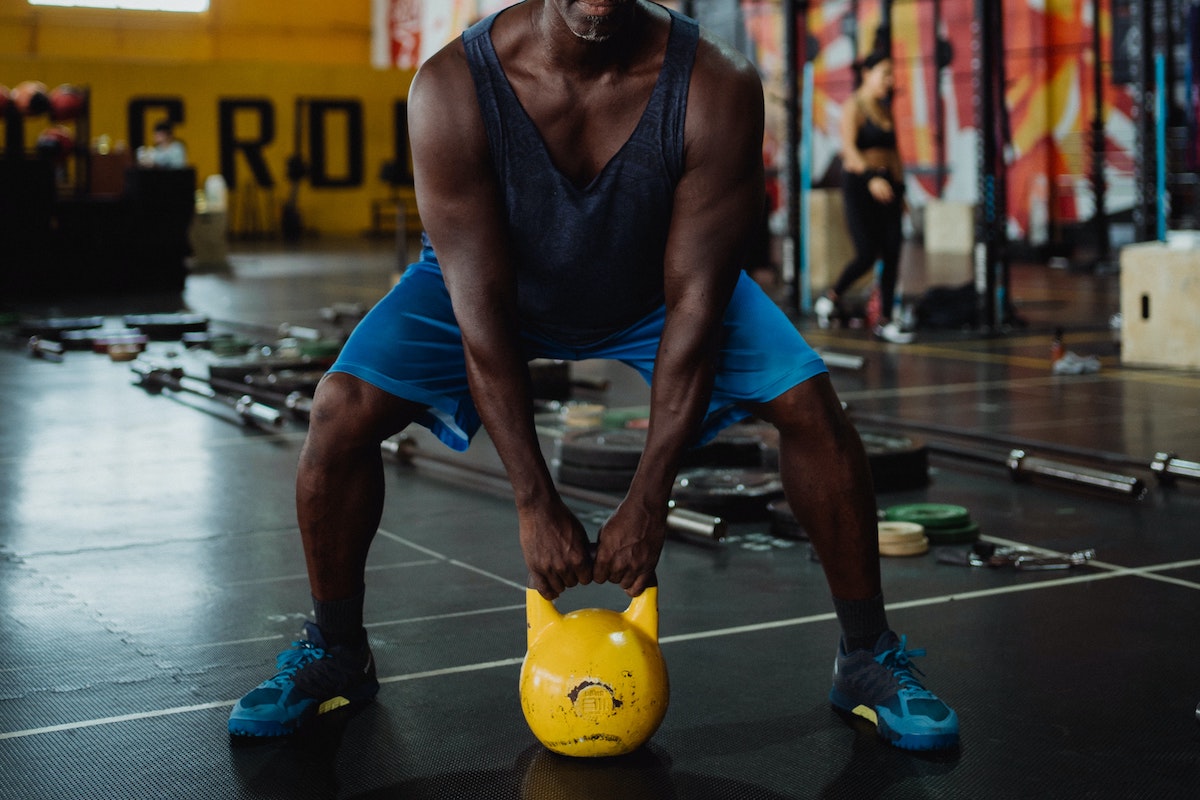
“Move your butt” is a fantastic strategy for runners vying for a new personal record, a spot on the podium, or simply hoping to finish a marathon. However, training can kick a runner’s backside — literally. Though we often think of running as a physical activity that puts pressure on the quads, hamstrings, calves, and feet, the glute muscles play a pivotal role in powering every stride.
The glutes keep the pelvis steady, keeping the hips, knees, ankles, and feet aligned and working together. These muscles also support and prevent the knees from caving. The result? There’s less of a chance you wind up benched due to injury. Solid glute muscles power a strong stride, making you a better, faster runner.
Despite these benefits, runners are often told to skimp on strength exercises, mainly if training for a long-distance race like a half or full marathon. Spending about 10 minutes twice weekly strengthening your glutes is worth the extra effort.
To get you started, we’ve assembled seven essential glute exercises for runners, plus some stretches for your cool-down.

7 perfect glute exercises for runners
Glute workouts can supercharge your goals as a runner, quickening your pace or at least helping reduce your injury risk. There are tons of glute exercises to choose from, including some classic strength training moves. None of these moves require equipment, but a kettlebell or pair of hand weights can add resistance (and, therefore, a challenge) to your regimen.
Hip Bridge
Works: Glutes, hamstrings, and abs
A hip bridge is a low-impact, beginner-friendly way to strengthen the lower body while stabilizing the core.
- Lie on your back on the floor or yoga mat with your knees bent in line with your feet, which should be flat on the floor. Place your hands by your side.
- Squeeze your glute muscles and imagine you are drawing your bellybutton in toward your spine.
- Lift your hips off the floor until they align with the knees and shoulders.
- Hold for 30 seconds.
- Lower the hips back to the floor.
- Repeat 10-20 reps for a total of 3-5 sets.
Single-leg deadlift
Works: Glutes, core, hamstrings, and back
The single-leg deadlift requires little movement. However, the exercise works multiple muscles. Bonus: The single-leg deadlift is a glute exercise that works the core in a way that challenges you to keep your balance, an essential component to staying in the game as a runner. Runners can up the ante on this move by grabbing a dumbbell or kettlebell.
- Stand with feet hip-width distance apart. If you’re using resistance, place the weight in your hands in front of your thigh.
- Hinge at the hips as you put weight on the left leg, extending the right leg straight back as you squeeze your glutes.
- Stop when your leg is straight behind you and your body forms a “T” shape from head to toe. Any weight you use should be in your hands, running parallel to the floor.
- Return to the starting position slowly.
- Repeat on the opposite side for one rep.
- Do 10-20 reps 3-5 times.
Reverse lunge
Works: Hamstrings, core, and glutes
This reverse lunge not only works the glutes and hamstrings, but the quintessential at-home strength move also works your greatest muscle: The mind. Switching up a classic forward lunge forces your mind and body to work differently, proving you can pivot. Add another layer by holding hand weights or putting your hands over your head to further stress the need for balance.
- Stand straight with feet slightly closer than hip-width distance apart. Put your hands on your hips.
- Take a giant step back with the right foot.
- Lower your hips until your left thigh is parallel to the floor and the right knee is bent at a 90-degree angle. Your right heel should be lifted off the floor.
- Press your left heel into the floor and return your right leg to the starting position.
- Repeat on the opposite side for one rep.
- Do 20-25 reps for a total of 3-5 sets.
Side leg raises
Works: Core, hips, glutes, and thighs
Another low-impact move, side-leg raises don’t put much pressure on your joints. However, the exercise effectively works the glutes.
- Stand upright with your feet touching each other. Place your hands on your hips.
- Engage the abs and stabilize your hips as you lift your leg to the side. Refrain from swinging. Add resistance even without a weight by pretending you are pushing against something heavy with your leg as you lift.
- Repeat 8-12 times. Switch sides. Do 2-4 sets.
Squat
Works: Quads, hamstrings, and glutes
A functional strength exercise, the squat hits the major lower-body muscle groups and can be done with or without weights.
- Stand with feet slightly wider than hip-width distance apart and toes front-facing.
- Bend your knees and drive your hips back. Your toes should remain planted on the floor.
- Stop when your thighs are parallel to the floor at a 90-degree angle with your knees (if you feel pain or cannot hit this position, that’s OK).
- Squeeze your glutes as you return to start.
- Do 10-20 reps, 3-5 times.
Fire hydrant
Works: Glutes and core
This move can feel a touch silly. The fire hydrant’s name comes from dogs, who lift their legs at the sight of one. Have a sense of humor — your glutes will thank you.
- Get on your hands and knees. Your shoulders and hands should be in one line. Same for the knees and hips. Look down.
- Squeeze your glutes as you raise your right leg.
- Stop when your right leg is in line with your hips. (People with less mobility may have to stop sooner.)
- Lower back to start. Repeat ten times.
- Switch legs and repeat. Do 3-5 sets.
Clamshell
Works: Hips, glutes, and core
Another low-impact move, this mobility booster works the glutes without putting much pressure on the joints. Therefore, the clamshell is ideal for people making a running comeback post-injury.
- Lie on your left side with knees stacked and bent at a 90-degree angle. Your feet should also be together.
- Pretend your ankles are superglued as you lift your right (top) knee.
- Squeeze your glutes, and stop when the right knee parallels the hip.
- Lower back to start. Repeat 20 times.
- Switch sides and repeat. Do 3-5 sets.
Glute stretches for runners
After a glute workout or run, adding these stretches will speed up recovery and help prevent injuries.
Figure Four
This move can be done standing or sitting. We’ll go over how to do a seated figure four.
- Lie on the ground with your knees bent in front of you and feet flat on the floor.
- Place your right ankle slightly above the left knee to form a “4” shape.
- This position may be enough to get a stretch. However, you can draw both knees toward the body for a deeper stretch. Regardless, hold for 30 seconds.
- Repeat on the opposite side.
Pigeon pose
This popular yoga move opens the hips and stretches the glutes.
- Place your right shin so it’s parallel to the wall in front of you (or the front of your yoga mat). Your left leg should be extended straight behind you.
- Deepen the stretch by leaning forward to place your arms on the floor (and forehead, if you can).
- Hold for a minute.
- Repeat on the opposite side.
Seated twist
The seated twist may be a throwback to your youth sports days. The stretch remains useful for adult runners with tight glutes.
- Sit on the floor with your legs stretched in front of you.
- Bend the left leg. Bring the leg over the right thigh.
- Hug your left leg with your right arm. Place your left hand diagonally behind your left hip.
- Hold for 30 seconds. Repeat on the opposite side.
If you are experiencing pain, speak with a healthcare provider. A personal trainer can also check your form and provide personalized tips.




